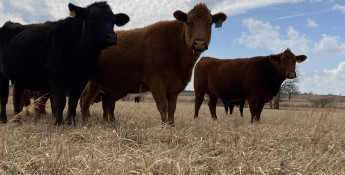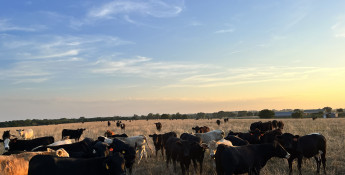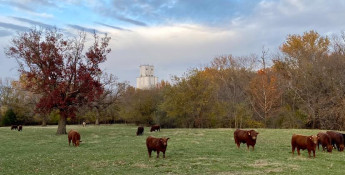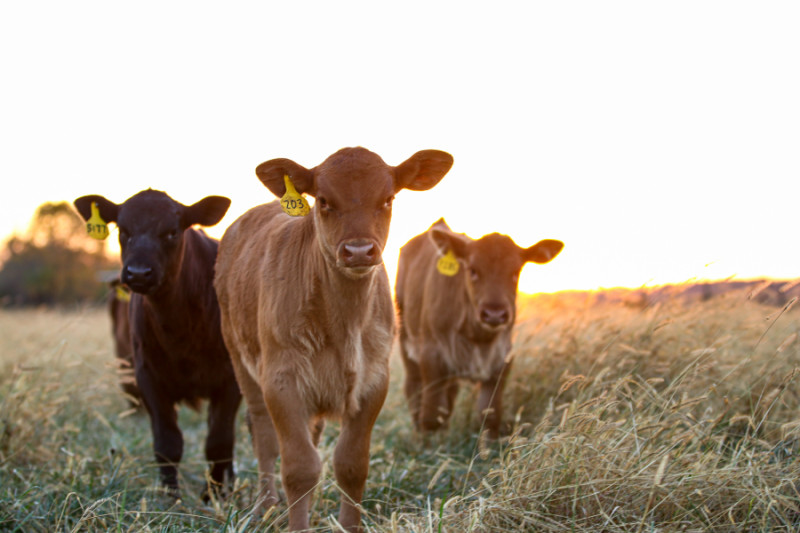By Brandi Buzzard on November 18, 2022
Beef Labels and What they Mean To Consumers
Choices everywhere, including the meat market
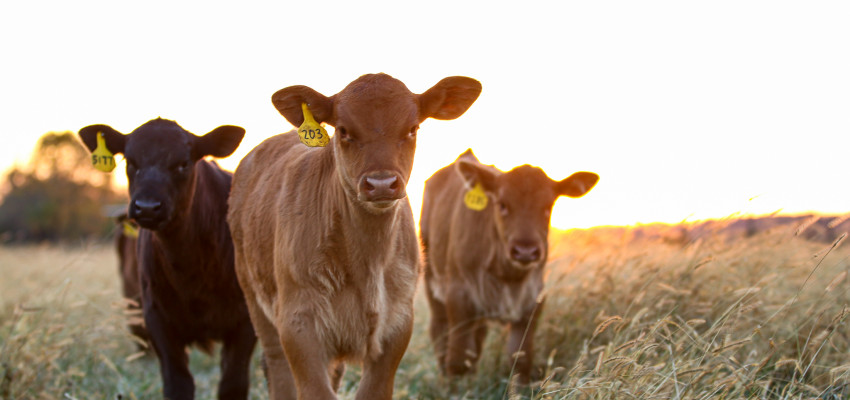
It's the season of choices and the grocery store meat section is no different. One of the defining characteristics of the United States and its beef community, and the food supply chain in general, is the abundance of choices on grocery store shelves. It doesn't matter how you want your beef raised and cared for, American beef producers will provide meat choices that fit every option.
And because there are so many meat choices, there are accompanying beef labels to explain the production methods behind the package of meat from beef cattle. The following are common labels found on grocery store shelves - this list is not all-inclusive, but it is a good start.
Natural beef
This is not a special label. The word "natural" may appear on all fresh beef because it is all natural. According to USDA, natural beef has no artificial ingredients or added colors and is only minimally processed; meaning nothing has fundamentally altered the product.
Organic beef
This label indicates the beef came from an animal that received no antibiotics or added-growth hormones, according to USDA. Before beef can be given its organic beef label, a government-approved certifier inspects the farm or ranch to make sure the operation is compliant with USDA standards to make it certified organic. It's important to note organic beef differs from conventionally grown beef only in the way it is grown, not in the health or safety of the beef.
Hormone-free beef
Similar to organic beef, animals raised under the non-hormone treated cattle (NHTC) label have not received any added growth hormone implants, but could have received antibiotics for an illness, as prescribed by a veterinarian. If an animal does receive antibiotics for an illness, the animal is not sent for butcher and processing until the antibiotic has fully withdrawn from its body, which is referred to as the "withdrawal period."
Grass fed beef
This label is intended to convey the animal did not receive any type of grain during its lifecycle. However, an important side note of ranching and farming is that nearly all cattle spend most of their lives eating grass and forage. For example, the cattle we sell are marketed as "grass-fed and grain-finished" because they graze or eat hay their entire lives and are fed part of their diet in the form of dried distiller's grains (DDGs) and soybean meal for the last 90 days of the lifecycle. DDGs are a byproduct of the process of ethanol production, which is typically made from corn. This feed ingredient is rich in protein, fat, minerals and vitamins for cattle.
Conventional beef
You will likely not see a package of beef labeled "conventional" in the grocery store, as this is the default way to raise beef in the U.S. and the most commonly available beef. And while it doesn't carry a specialty label, it is just as safe, healthy and nutritious as any other beef at the grocery store. The beef on our ranch is raised in this manner - if an animal is sick, we treat it with antibiotics per the advice of a veterinarian; we administer growth-hormone via a Tic-Tac-sized implant, which helps cattle convert feed into muscle and improves feed efficiency. These methods help us be more sustainable by using fewer inputs to create more beef. We also supplement our cattle with corn, dried distiller's grains, soybean meal and other feeds in addition to the grass, hay and forages they receive.
We raise our beef in this manner because it works for our family; as beef producers, we believe it helps us be more resource efficient and allows us to be flexible with our cattle and beef supply. Our beef may not be in demand by grocery shoppers seeking organic beef, but as I said before, the great thing about the ranching community is the variety of production methods. If we can't provide it, someone else can.
As a grocery shopper, you can increase demand for your chosen beef variety by voting with your dollar. Be sure to check the food label on your meat product to support the beef of your choice. Your voice will be heard, and beef will be supplied by beef producers across the United States!


